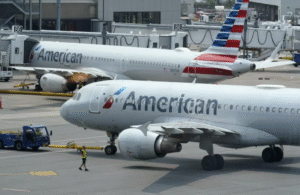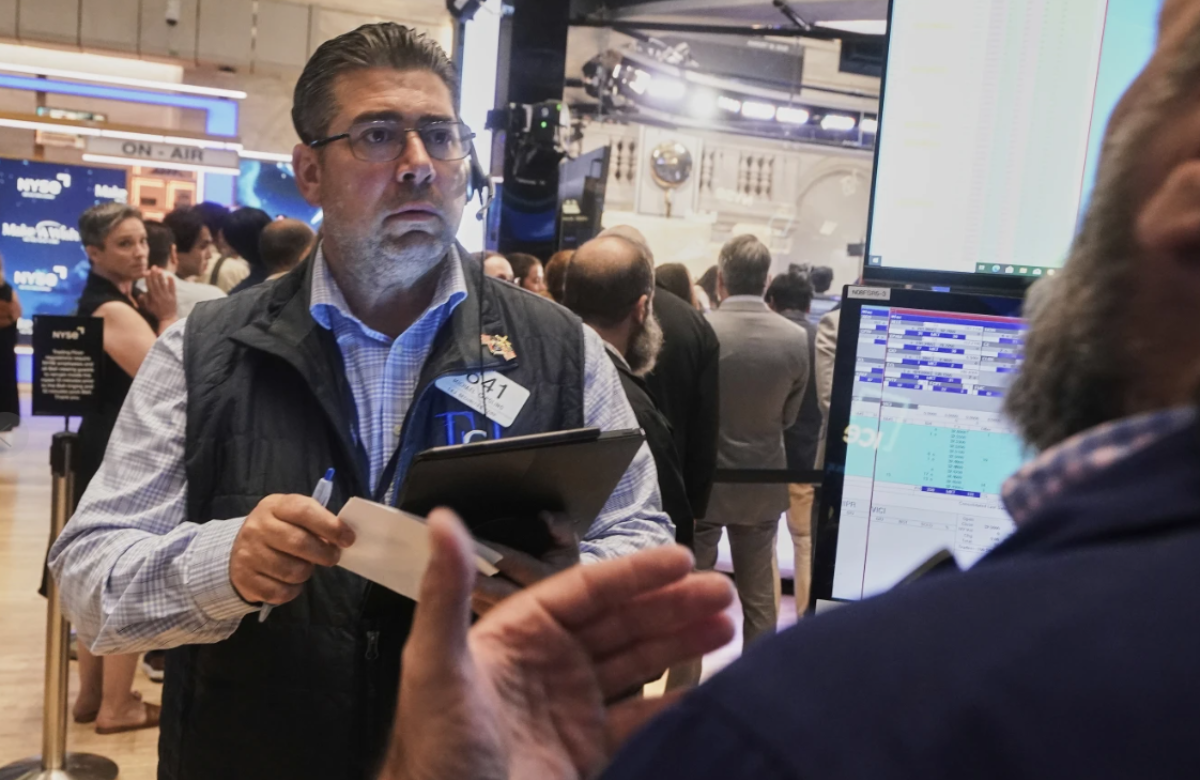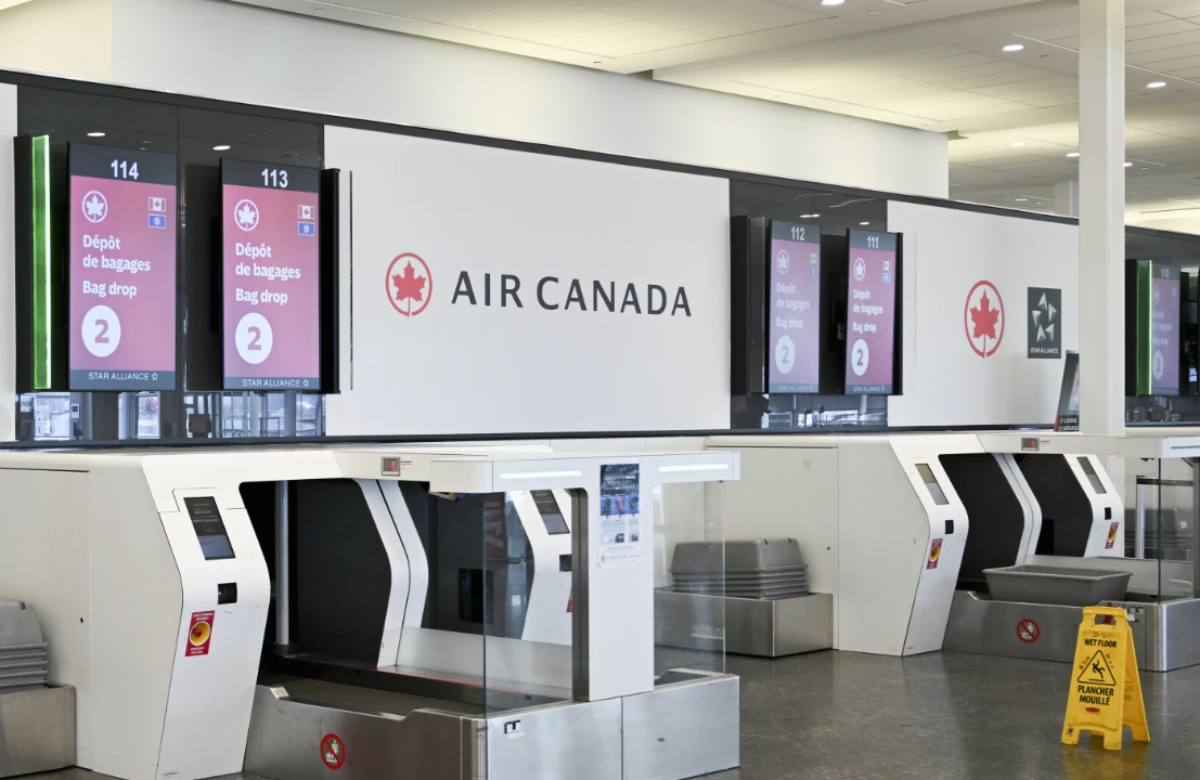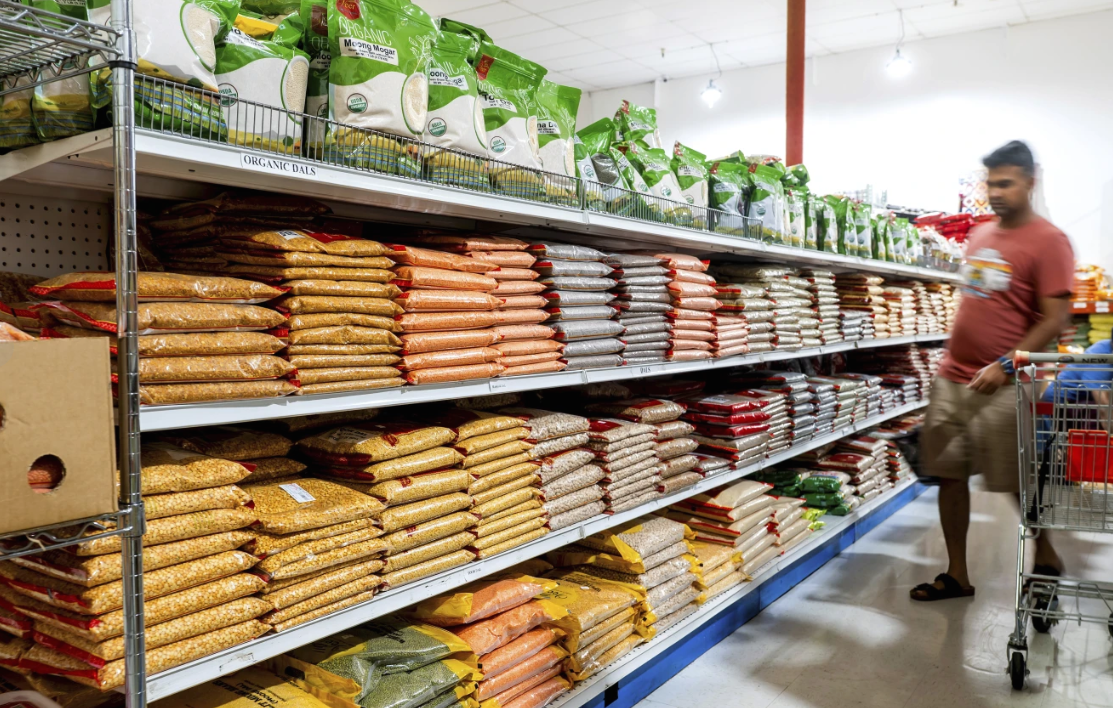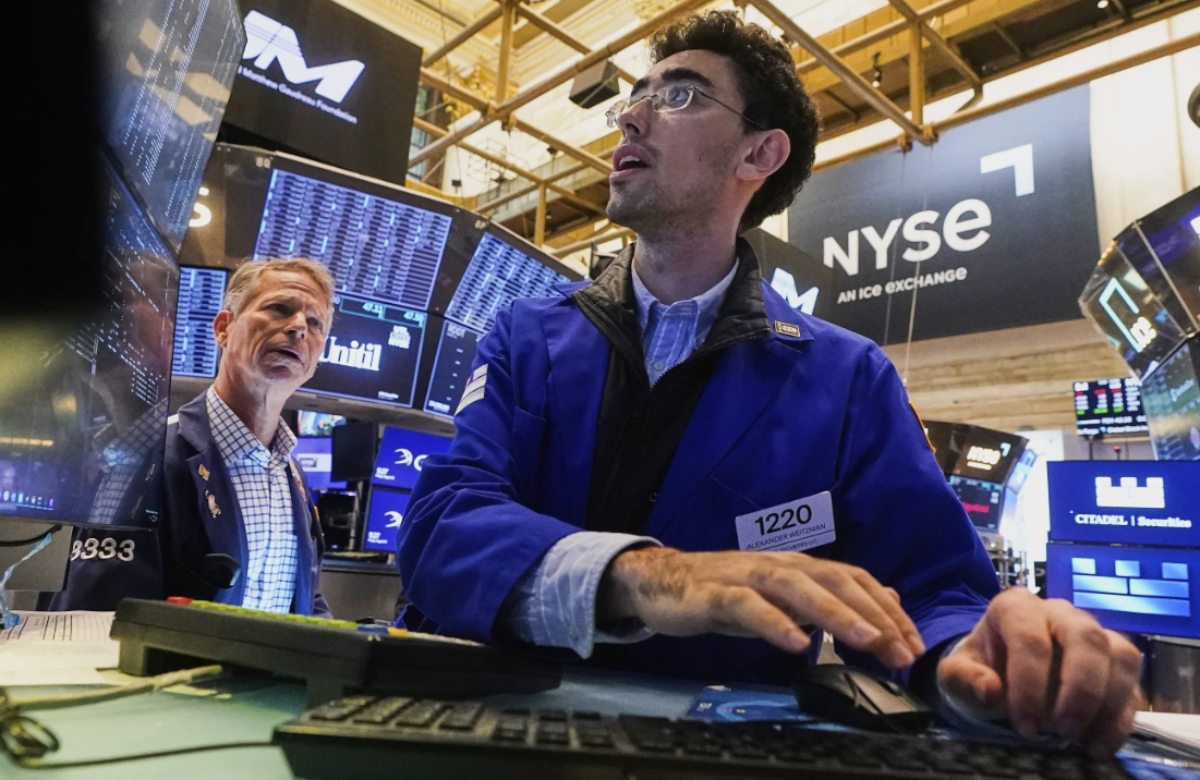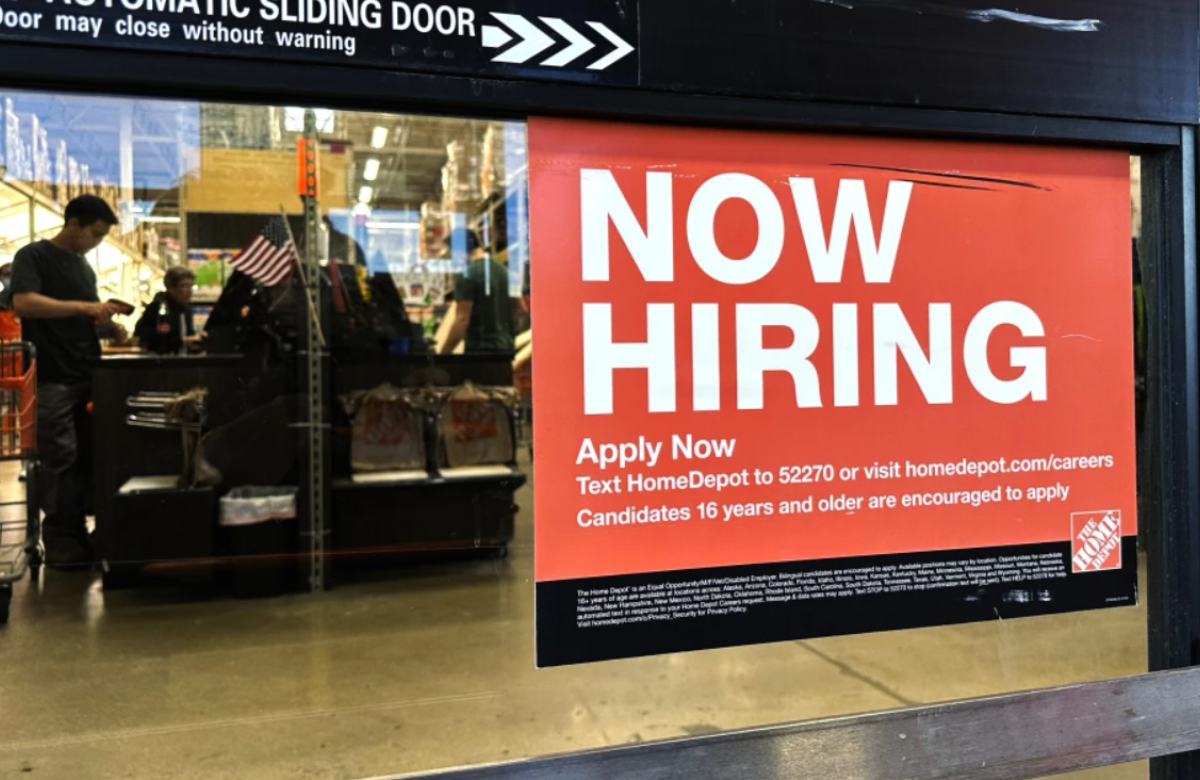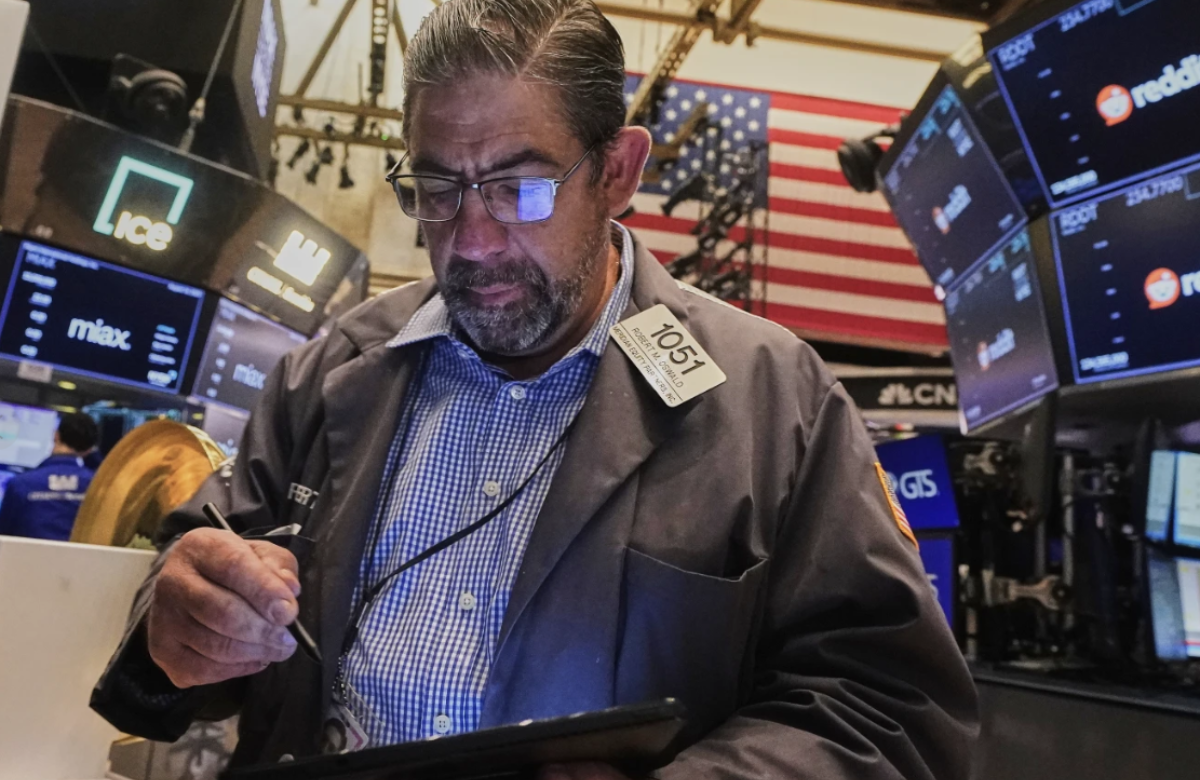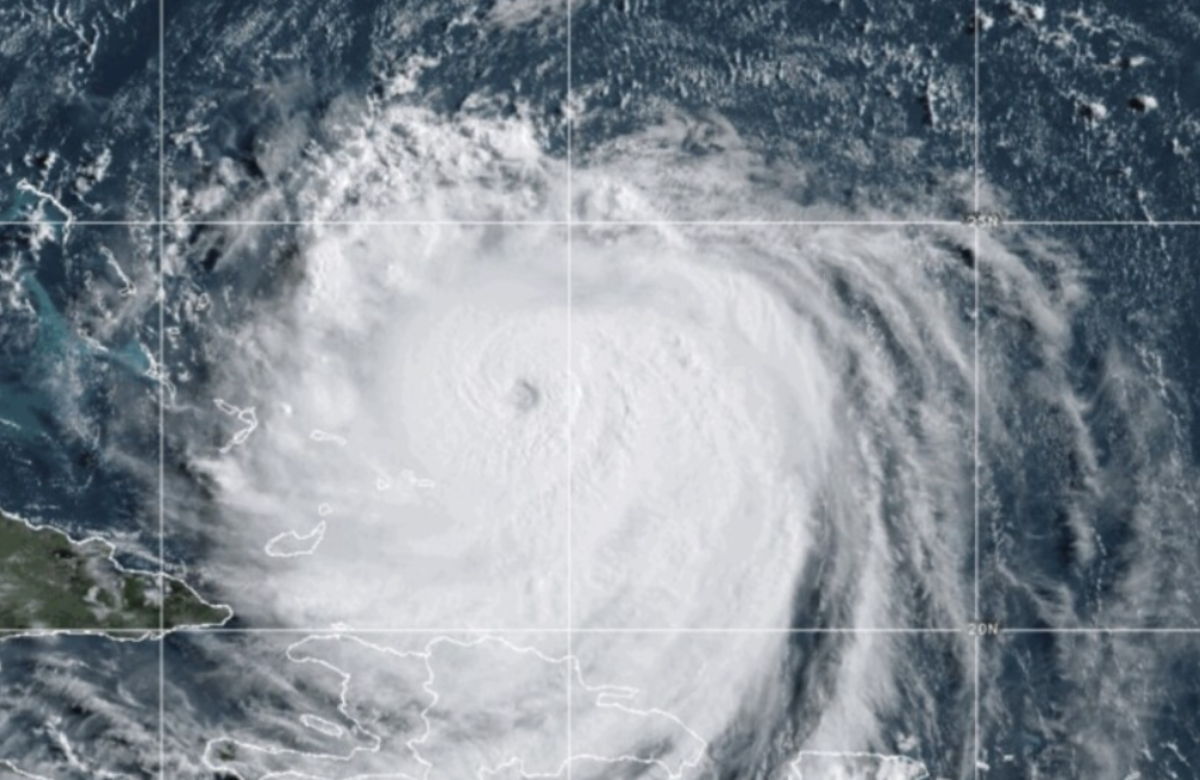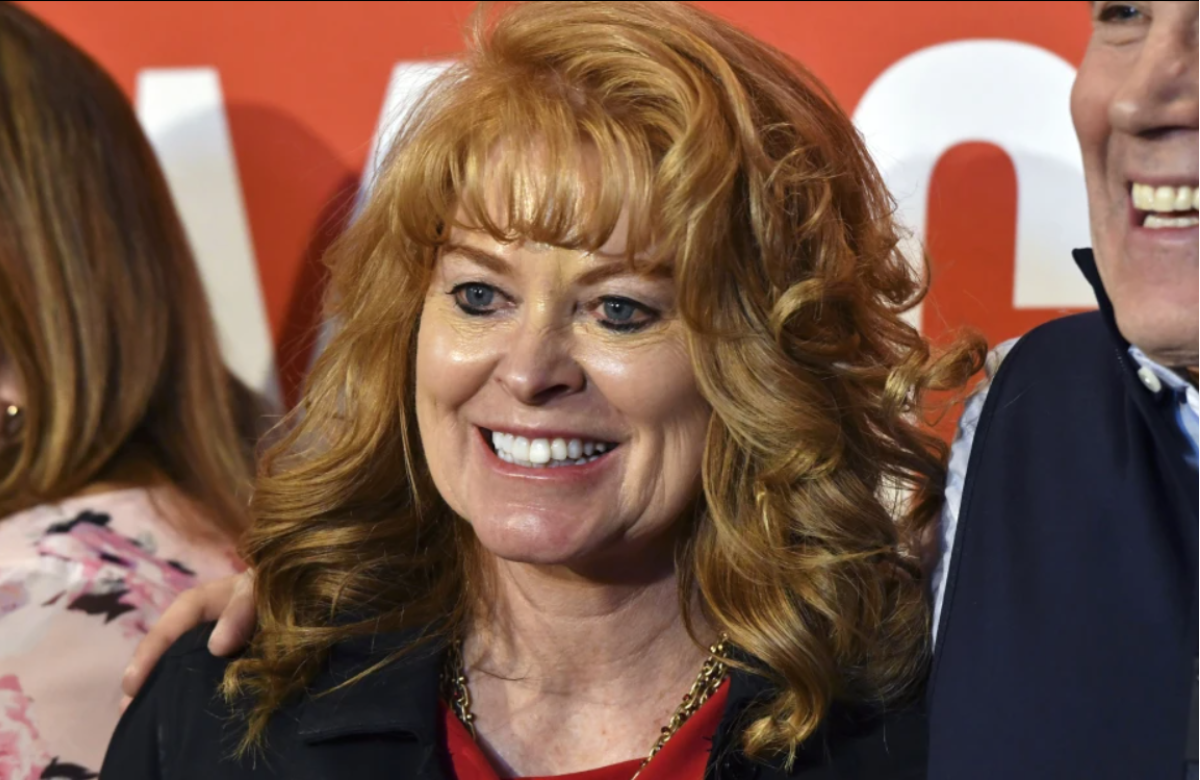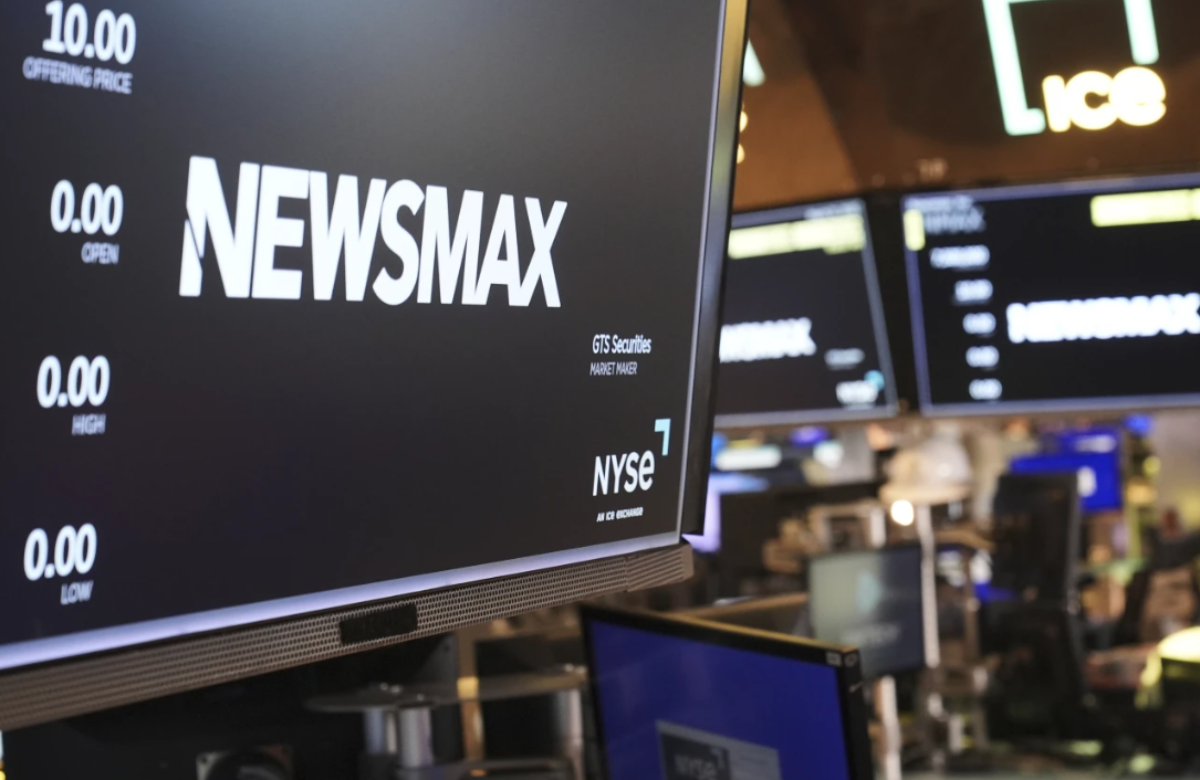American consumers increased their spending in June, signaling economic resilience despite lingering concerns over tariffs and broader economic uncertainty.
According to the Commerce Department, retail sales rose by 0.6% in June, surpassing expectations and reversing two months of declines—April saw a slight 0.1% dip, and May experienced a sharper 0.9% drop. This bounce-back suggests that consumers, while cautious, are still willing to spend.
Much of the earlier boost in the year came from auto sales, as shoppers tried to get ahead of a proposed 25% tariff on imported vehicles and parts. In June, sales of cars and auto parts rose 1.2%, contributing significantly to the overall gain.
Despite the economic turbulence—including a 0.5% annual decline in GDP during the first quarter—consumer spending has remained relatively stable, especially on everyday necessities. While electronics and large home appliances saw declining sales, spending on essentials such as clothing, health products, and food services held strong.
Online retailers also experienced growth, with a 0.4% uptick in sales. Clothing and accessories rose by 0.9%, and health and personal care items increased by 0.5%. However, stores that depend heavily on imported goods—like electronics, furniture, and department stores—reported weaker performance.
Spending at restaurants, considered a key indicator of discretionary income, also rose, showing that consumers haven’t completely pulled back on nonessential purchases. According to Richard de Chazal, a macro analyst at William Blair, consumers may be feeling some pressure from tariffs, but it hasn’t significantly affected spending at places like bars and restaurants. He warned, however, that strong spending may give government officials a misleading sense of consumer confidence.
Adding to concerns is inflation, which climbed to 2.7% year-over-year in June, up from 2.4% in May, marking the highest annual jump since February. This was largely driven by the cost increases caused by tariffs, affecting everything from clothing to furniture. On a monthly basis, consumer prices rose 0.3%, after only a 0.1% rise in May.
President Trump has downplayed inflation fears, asserting that the U.S. economy remains strong and urging the Federal Reserve to lower interest rates. However, Fed Chair Jerome Powell has signaled a more cautious approach, preferring to wait and assess the full economic impact of tariffs before making any policy changes.
In a sign that shoppers are still active—albeit selective—Adobe Digital Insights reported that Amazon’s recent four-day Prime sales event, along with competing promotions from retailers like Walmart and Target, generated $24.1 billion in online spending. That represents a 30% increase from the same event last year. According to market research firm Numerator, customers favored essentials like cleaning supplies and paper products over luxury or big-ticket items.
Deborah Weinswig, CEO of Coresight Research, said she’s optimistic about consumer health following the strong performance of mid-year sales. She noted that inventory levels remain stable and there hasn’t been a rush to offload unsold goods. “People aren’t buying things they don’t need,” she said, describing the current environment as “healthier” for retail.
Retailers are now preparing for the critical back-to-school shopping season—the second-largest consumer spending period after the holidays. Coresight Research expects back-to-school sales to grow by 3.3% year-over-year, reaching $33.3 billion. Many shoppers are expected to buy early to avoid potential price hikes from tariffs.
Next month, economists and investors will be watching financial reports from major retailers like Target, Walmart, and Macy’s. These updates will offer deeper insight into both consumer behavior and how businesses are adapting to trade uncertainties.
Even large brands are shifting strategy. Levi Strauss & Co., for example, announced it is streamlining product offerings and raising prices selectively as it moves production out of China to minimize the impact of tariffs.
In spite of inflation pressures and policy unpredictability, many analysts believe the American consumer is showing a surprising level of endurance.
As Navy Federal Credit Union’s chief economist Heather Long put it: “Don’t count the American consumer out yet. There’s still a lot of trepidation about tariffs and likely price hikes, but consumers are willing to buy if they feel they can get a good deal. The word of the summer for the economy is resilient.”
Also Read:
US Stocks Slip, Dragging S&P 500 Below Record High
Volcanic Eruption in Iceland Triggers Evacuation of Town and Famous Geothermal Spa


